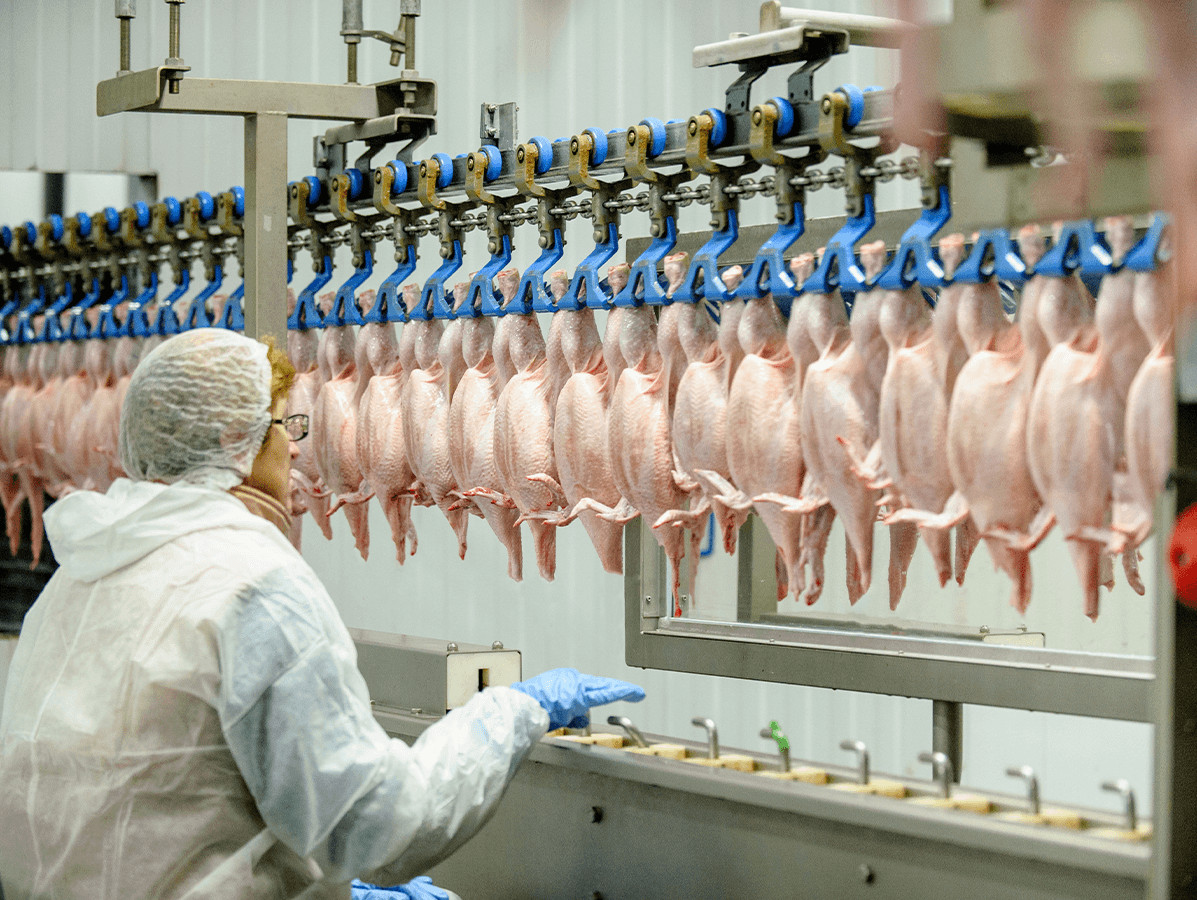
It is not worthwhile or possible to enforce a generic reduction in slaughter speed in slaughterhouses, because the process control at a certain slaughter speed depends very much on the situation and set-up of that specific slaughterhouse. This is what Minister Staghouwer of Agriculture, Nature and Food Quality (LNV) wrote to the Lower House, following a study conducted by Wageningen University & Research.
The research focused on answering the following questions: 1) what are the risk factors for animal welfare and food safety, 2) what is the influence of slaughter speed on these risk factors, 3) is control and supervision of these risk factors for animal welfare and food safety influenced by increasing the slaughter speed.
The report shows that with an increase in slaughter speed, the risks to animal welfare, food safety and quality of inspection may increase, but these risks do not necessarily have consequences for the slaughter process. The risks can be mitigated by taking specific measures, such as proper planning of the animal supply and adjusting the layout of unloading platforms, waiting areas, driving lanes and technical installations and inspection platforms. Training and deployment of sufficient staff and adequate supervision also play an important role in reducing the consequences of risk factors.
Researchers recommend that when a company wants to increase the slaughter speed, this slaughterhouse should be assessed using an assessment framework for all risks that may arise in the area of animal welfare, food safety and the inspection process. It is also recommended that this assessment framework be drawn up in consultation with interested parties. If a company shows that the requirements of an assessment framework can be met with respect to all these aspects, an increase in the slaughter speed is not necessarily problematic.
Staghouwer is having an independent practical test carried out at a limited number of poultry and red meat slaughterhouses. This will give a concrete picture of the risk factors in practical situations. In addition, he will follow the researchers' recommendation to come up with a supported new assessment framework.
During this follow-up research and until the new policy is ready, the NVWA will continue to reject applications for higher slaughter speed. In addition, the NVWA can impose a reduction of the slaughter speed as a corrective measure if there is reason to do so.
Source: Ministerie LNV